There is an eerie hum in the forest around us. It has been audible for about a week and is getting louder. I grew up calling them locusts. Cicada is the true name of this insect, specifically brood XXII, one of the three distinct 13 year broods.
While Searching for information on the brood here, I learned that they are much more specialized than I had previously realized. "Brood XXII is a small brood in Louisiana and Mississippi, centered around the Baton Rouge area. Unlike the other two extant 13-year broods, Brood XXII does not include the newly described species Magicicada neotredecim." Brood XXII emerged in 2001 which fits just right with this 2014 group. It has been fascinating to read and learn more about these noisy insects.
The adult cicada then crawls out of a hole in the shell. They are very pale when they first come out of their shell.
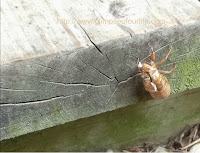

Male magicicada produce sound with their tymbal. "The buzzing can be as loud as 100 decibels." (source) They make three types of calls, and they sing from early morning to night time. The calling songs differ between species. The female response to the courtship song is an audible "wing flick."
The cicadas spend almost all of their life underground. When the ground temperature reaches 64 degrees F, the male cicadas begin to emerge. They tunnel out from underground once every 13 (or 17) years, stay in the trees, mate and then eventually die. Females join them by following the sound of their mating call.
 |
| holes above tunnels where cicada nymphs exited the ground |
The adult cicada then crawls out of a hole in the shell. They are very pale when they first come out of their shell.


Male magicicada produce sound with their tymbal. "The buzzing can be as loud as 100 decibels." (source) They make three types of calls, and they sing from early morning to night time. The calling songs differ between species. The female response to the courtship song is an audible "wing flick."
The cicadas spend almost all of their life underground. When the ground temperature reaches 64 degrees F, the male cicadas begin to emerge. They tunnel out from underground once every 13 (or 17) years, stay in the trees, mate and then eventually die. Females join them by following the sound of their mating call.
This dark brown color is what they look like when they come up out of the ground. Then when they shed this shell they are pale colored and then turn darker. The nymphs that crawl out of the holes in the ground do not have wings but do have strong front legs. They climb up something upright and attach to it.
The new body of the cicada right out of the shell is called a teneral. The wings further develop and unfold and the cicadas turn darker until they are black. Another distinctive characteristic is their large red eyes.
After they molt, the remaining exoskeleton clings to the tree. Ants are now eating both nymphs and exoskeletons in our yard. Other animals are also eat them (even humans!) It was suggested that the 13 year cycles and the large number of insects may prevent some predator attacks.
The female periodical cicadas can lay up to 600 eggs in branches and leaves. The weight can destroy small trees and shrubs, but mature trees are usually not harmed.
We noticed they were not in the pine trees. I was happy to read that our vegetable garden would not be affected by them, though they are obviously present on some of our fruit trees.
I hope that the already developing fruit is not damaged. One website called the work of the cicadas naturally pruning which could result in more fruit next year.
The adult life may last from four to six weeks.
My cousin studies dragonflies and shared that while hardly any bacteria can grow on cicada wings, dragonfly wings are even better at it. He gave the concept a relevance to our life that brought to mind the book Made in Heaven that we studied last year. Imagine, he suggested, the significance if we can duplicate the physical structure on their wing pattern on door knobs, hospital equipment, and handrails by micro imprinting." He shared this link which exhibits how nanopillars on their wings work.
Look closely. The bottoms of these leaves are covered with cicadas.
At night:
The baby cicadas will go underground in the woods where they will live for 13 years and re-emerge in 2027.
Photo credit for most of these pictures goes to my daughter Heather and to my husband who also picked the cicadas up and held them to show us each stage. Research was also shared by my neighbor who called, visited, and discussed these noise makers with us at length.

Photo credit for most of these pictures goes to my daughter Heather and to my husband who also picked the cicadas up and held them to show us each stage. Research was also shared by my neighbor who called, visited, and discussed these noise makers with us at length.
Related links:
http://insectsingers.com/
http://sciencenetlinks.com/lessons/cicada-invasion/
The following books (and stuffed cicada) may also interest you; Amazon affiliate links open when you click the images:
http://sciencenetlinks.com/lessons/cicada-invasion/
The following books (and stuffed cicada) may also interest you; Amazon affiliate links open when you click the images:


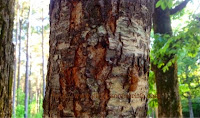
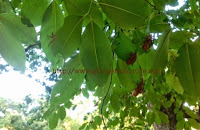

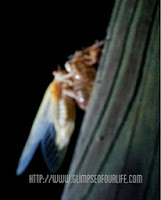


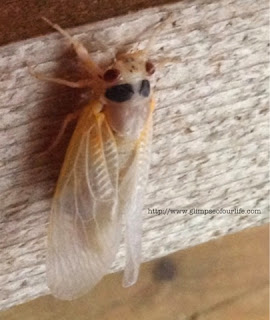

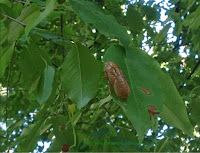





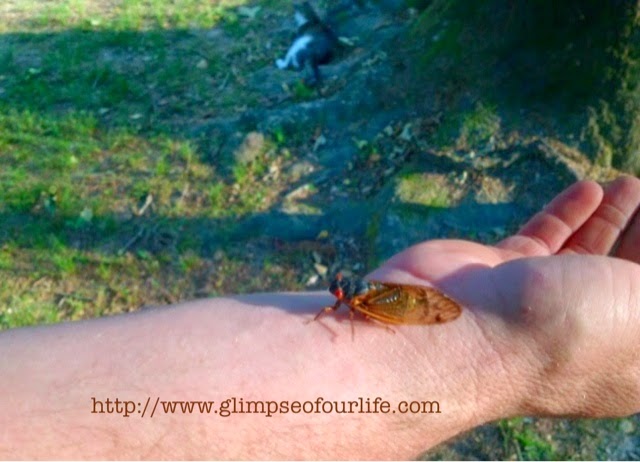
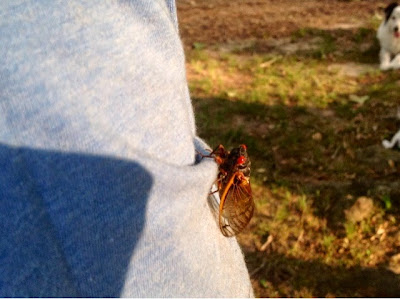




Woah! Great post. I'll have to show this to my bug loving daughter. I love all the details (but ick! bugs).
ReplyDeleteMy daughter would love this post. I'll have to show it to her. She was pretty sad this year to find out that we only had the annual cicadas as had the cycle ht in eastern Kansas an She wanted one for her entomology box collection. She tried talking g me I to driving out a few times.
ReplyDeleteGreat post!
neat!
ReplyDeleteThanks ladies. They are still here and I agree with Kemi, they are icky but still fascinating.
ReplyDeletemarvelous clicks! keep it up! and keep sharing... i loved those apple trees and fascinating insects
ReplyDelete